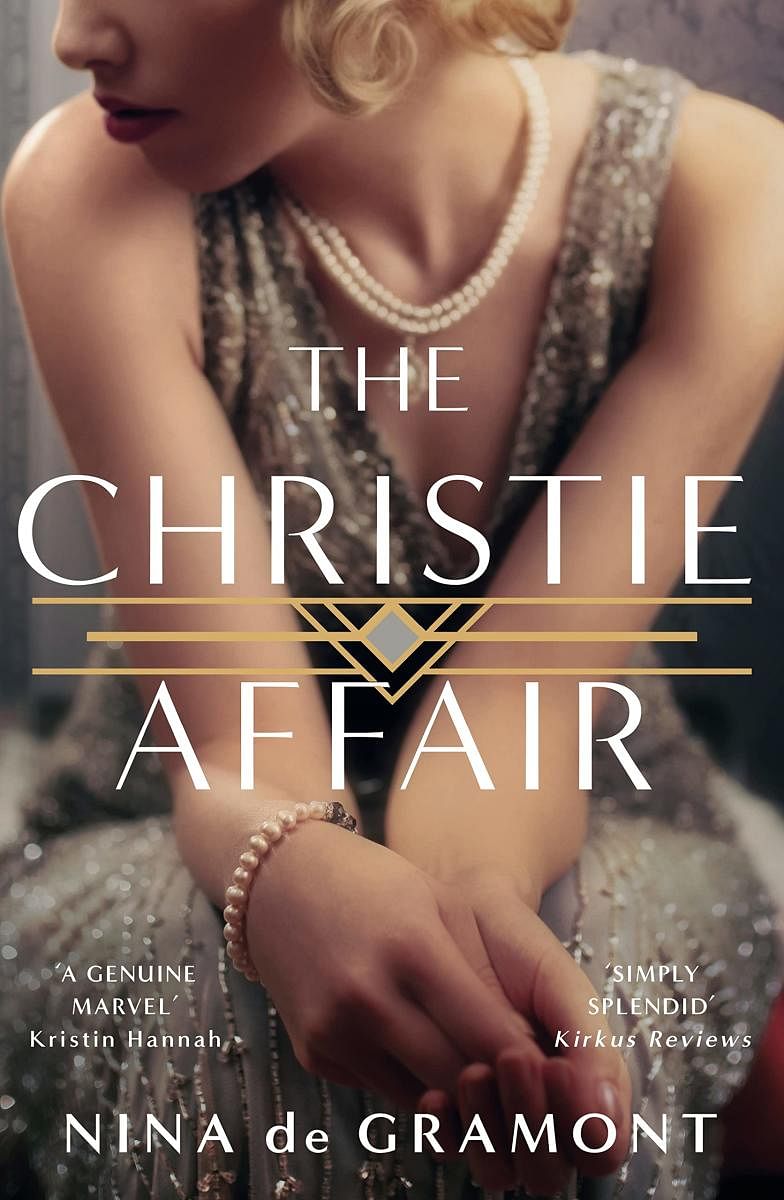
In December 1926, after an argument with her husband set off by his affair with a younger woman and still traumatised by her mother’s recent death, Agatha Christie, then an emerging writer of mystery novels, disappeared from her home in Berkshire for almost two weeks. After she was eventually found, following a massive search, she would respond to any questions about this period in her life saying that she couldn’t remember what had happened. Or why she had disappeared. Even her autobiography refuses to delve into the time she vanished from her home leaving her child and husband. All she’s said there is that it was a time in her life she hated recalling.
This refusal to elaborate on what happened or why she did this has meant that it’s been fertile territory for literary historians, writers, and filmmakers. Nina de Gramont’s new novel, The Christie Affair, isn’t the first work of fiction that imagines what might have happened in those 10 days. The late, great British director Michael Apted made a film adaptation of Kathleen Tynan’s novel, Agatha, starring Vanessa Redgrave and Dustin Hoffman in 1979. There was even a Dr Who episode that gave its own take (complete with a giant wasp) on Christie’s disappearance.
A change of perspective
In de Gramont’s novel, however, the narrative is not told from the point of view of Christie, but through the perspective of Archibald Christie’s mistress, renamed in the novel as Nan O’Dea. This approach elevates what might have been just another tired retread of the wronged-woman-revenge-plot.
It also helps that de Gramont is an excellent prose stylist able to bring to life the inter-war years in England and Ireland. Towards the end of the novel, as Nan reflects on the peculiar times she’s living in, she calls it “The Age of Disappearing Women”. Without giving too much of the plot away (as intricate and meticulously constructed as any Christie mystery), the cruel injustices done to women who follow their hearts and stray from the norm are laid bare here. Even if you’re familiar with the horrors of the Magdalene Laundries of Ireland and the recent discoveries of mass graves in former convents in that country, reading about them in The Christie Affair can leave you feeling shattered.
Thankfully de Gramont ensures that some measure of justice is delivered and even though you’d be hard-pressed to call this a romance novel, its ending leaves the reader with more hope than cynicism.
Though the novel at its start plunges us in the middle of the torrid affair between Archie and Nan, it weaves back and forth through multiple timelines and perspectives. At the end of the first part, the plot swerves in a completely different direction. A lot of it hinges on coincidences (some you feel are engineered a bit too neatly) but these are explained in a way that ensures there’s no possibility of finding a plot hole. And since this is a novel about Agatha Christie, it’s inevitable that a murder mystery would definitely be part of the story.
So: is de Gramont’s theory of what happened in those 10 days plausible? Probably not — after all, those who experienced and bore witness to them are long dead and there’s nothing definite in the historical records. And while The Christie Affair makes for a well-written and highly entertaining work of fiction, it works better as a novel than actual reality. Maybe, at the end of the day, the simplest explanation is also the most likely one. Agatha Christie wanted time away from a toxic environment and what better place to spend it than a spa?
Still, that shouldn’t take away from de Gramont’s accomplishment — after all, we don’t read fiction for stone-cold reality but to reflect the world we live in and sometimes the reflection can be ever so slightly distorted and complicated. Even if the emotional weight of the history evoked in this book doesn’t seem like your cup of tea, know this: it’s a great and immensely satisfying mystery novel.
Saudha Kasim